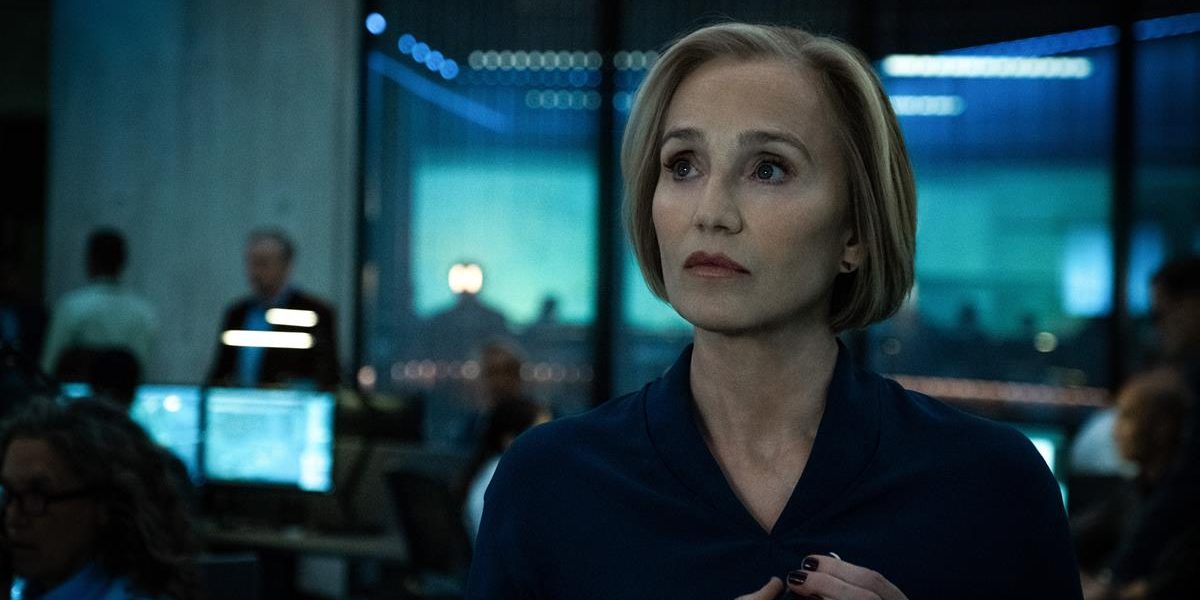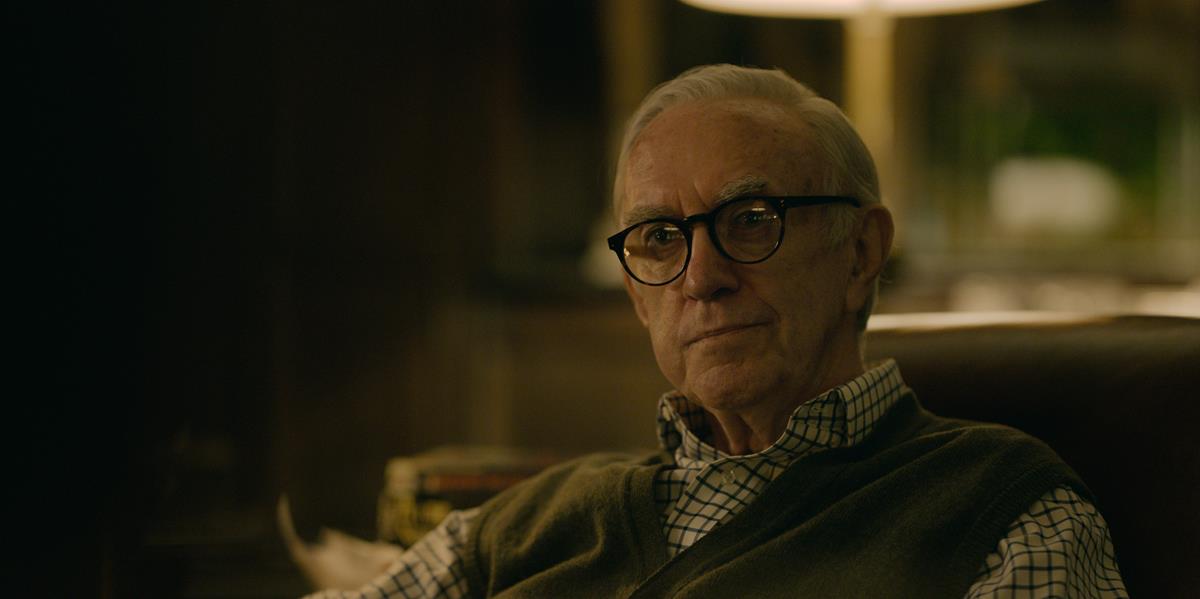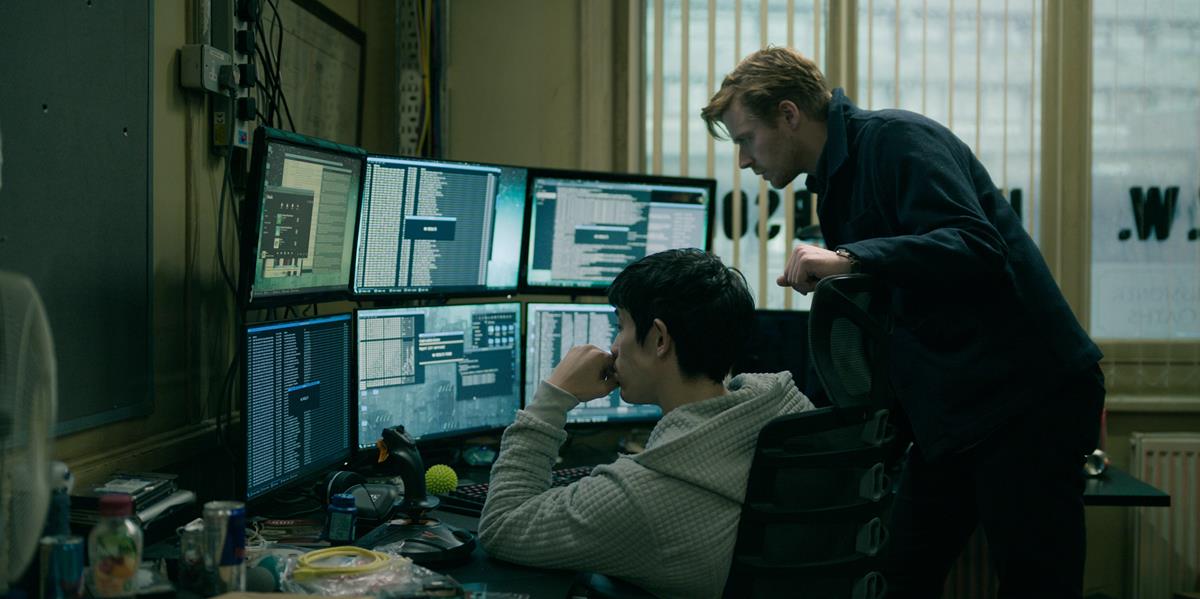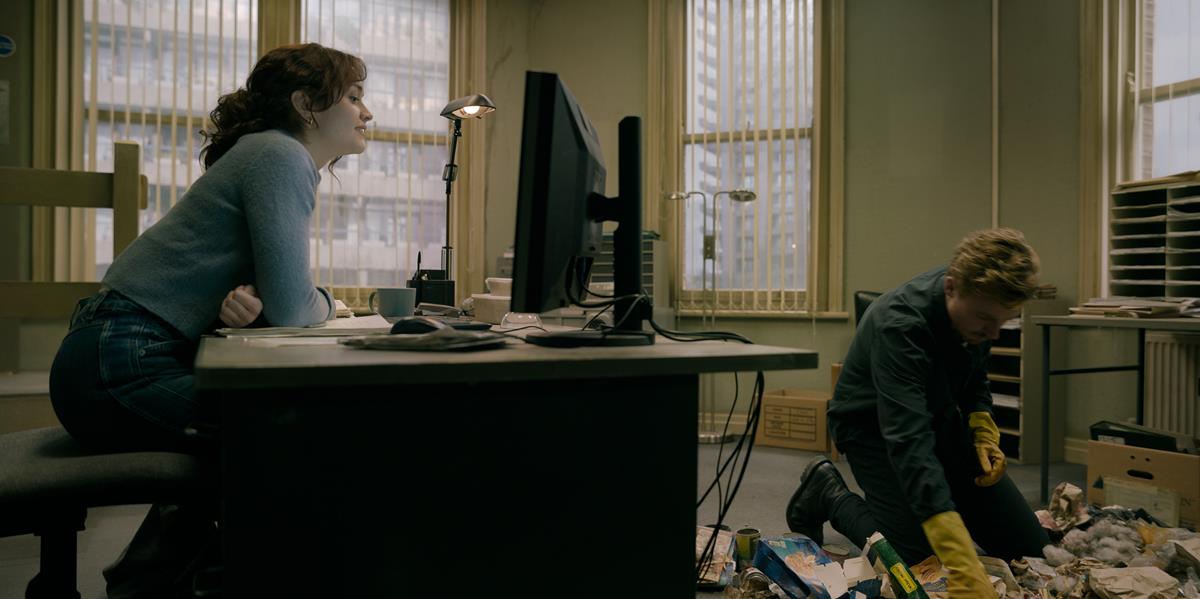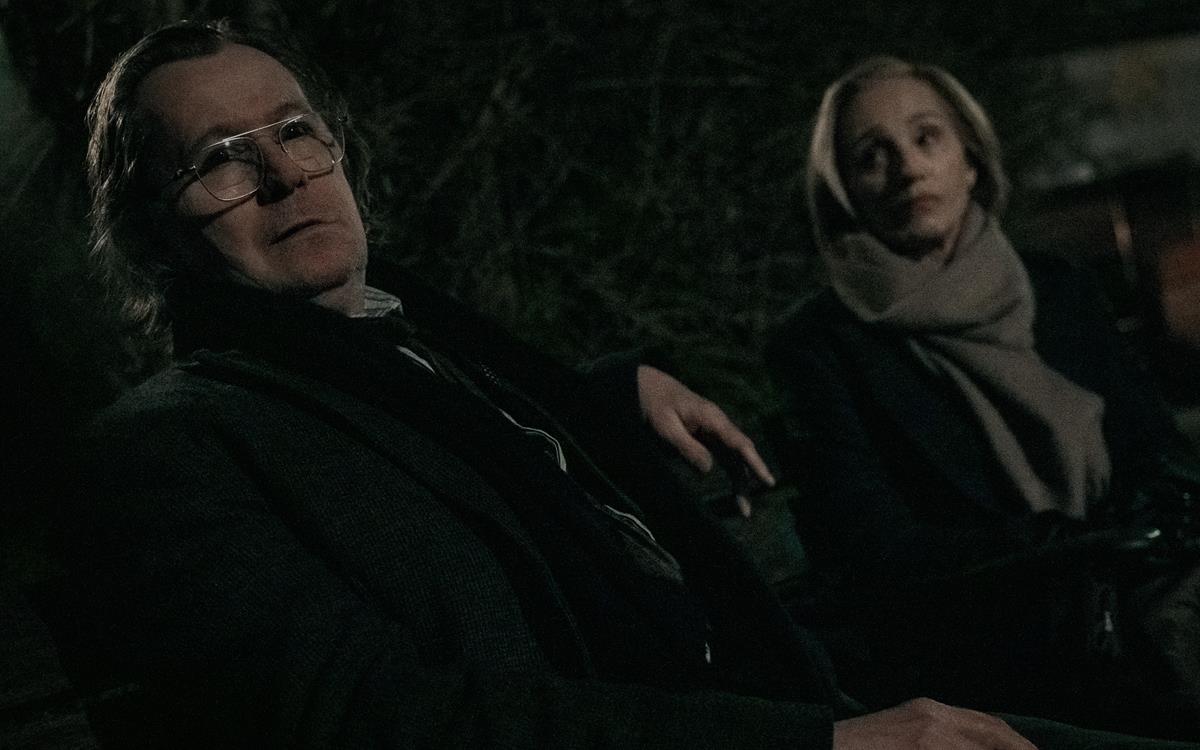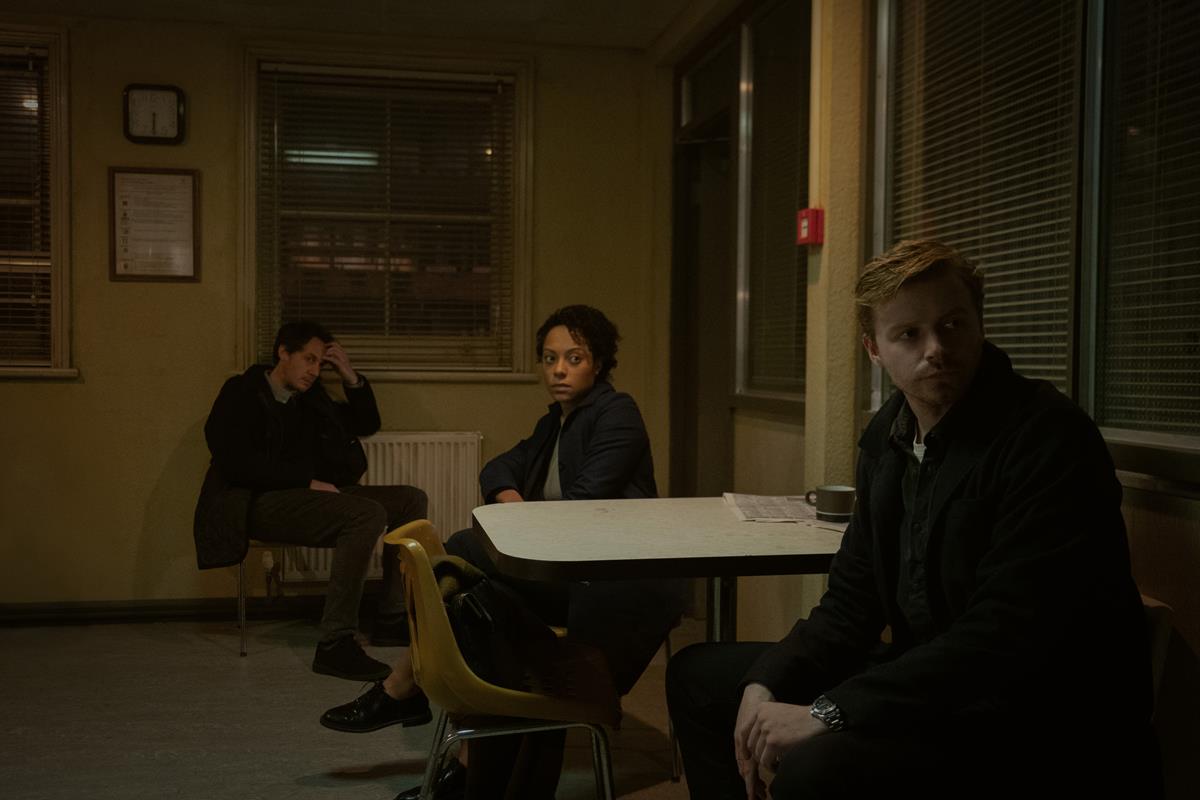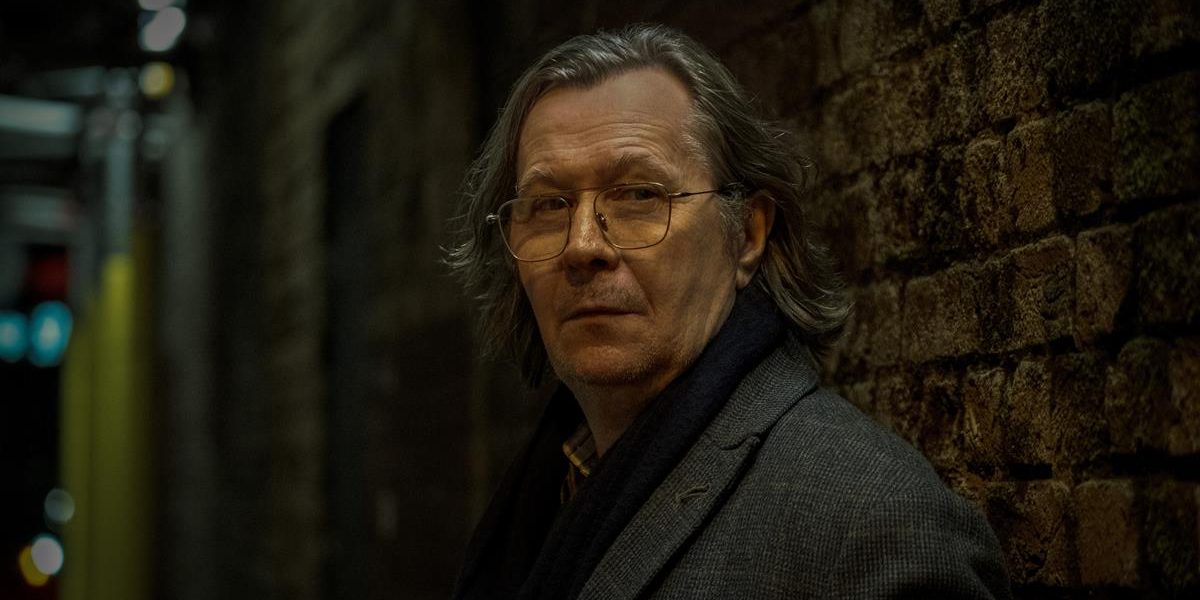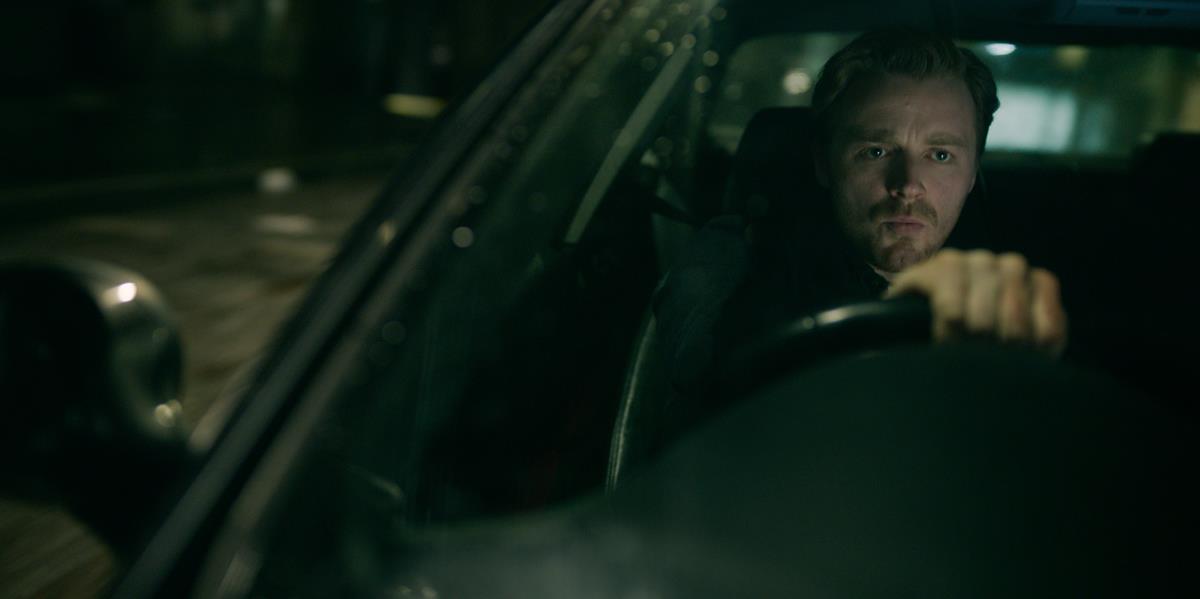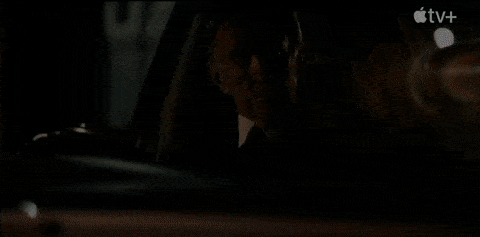
Gary Oldman must have rubbed his hands in delight when his agent told him about the role of Jackson Lamb, whom Oldman especially wanted to play.
The part is of an MI:5 spy, and the comparisons between Lamb and Oldman’s Smiley from 2011’s Tinker Tailor Soldier Spy are unavoidable. Smiley was restrained and impassive, while Lamb is equally unrestrained and a toxic presence to his staff of failed spooks. Oldman himself calls the character “Smiley with everything going wrong.”
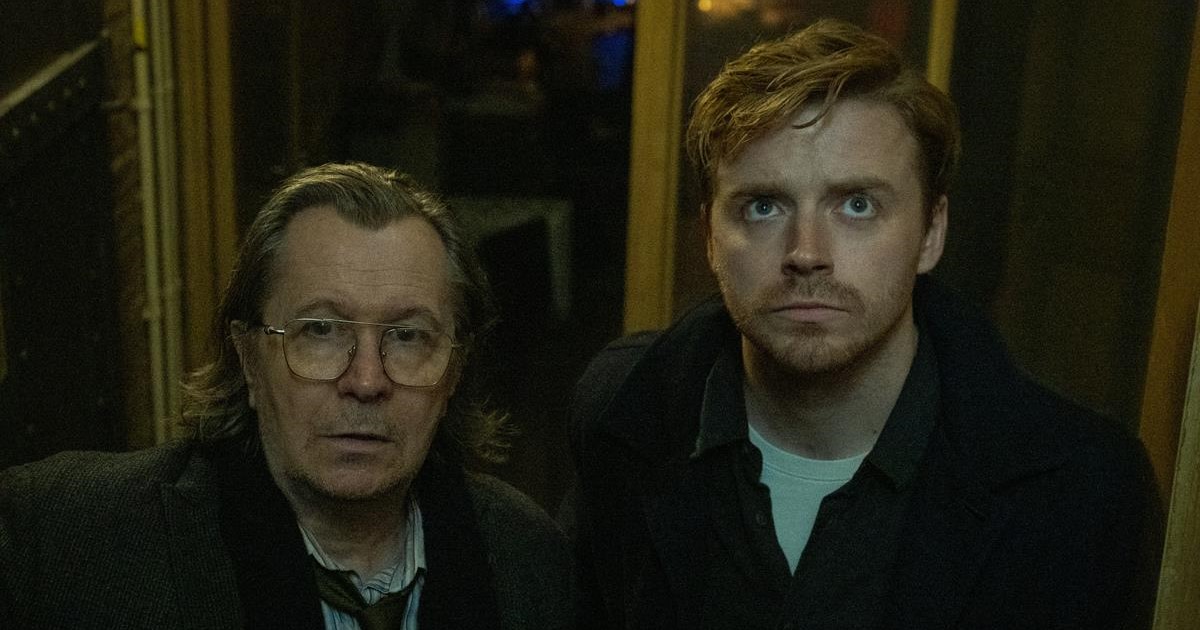
In Slow Horses, Lamb leads a dysfunctional team of British intelligence agents who serve in a dumping ground department of MI:5. Lamb’s role is to mentally torture these poor souls so they’ll ultimately leave since, as civil servants, they can’t easily be fired. It’s a job that he savors and hates in equal measure.
Broadcast elaborates, “Slow Horses is a quirky sort of spy show. The characters here are the f***-ups of the espionage world, the ones who left a file on a train, or slept with the Venezuelan ambassador’s wife…. They are sent to the MI:5 equivalent of a gulag, to shuffle paper and sweep up the crap.”
READ MORE: Slow Horses: striking the right tone (Broadcast)
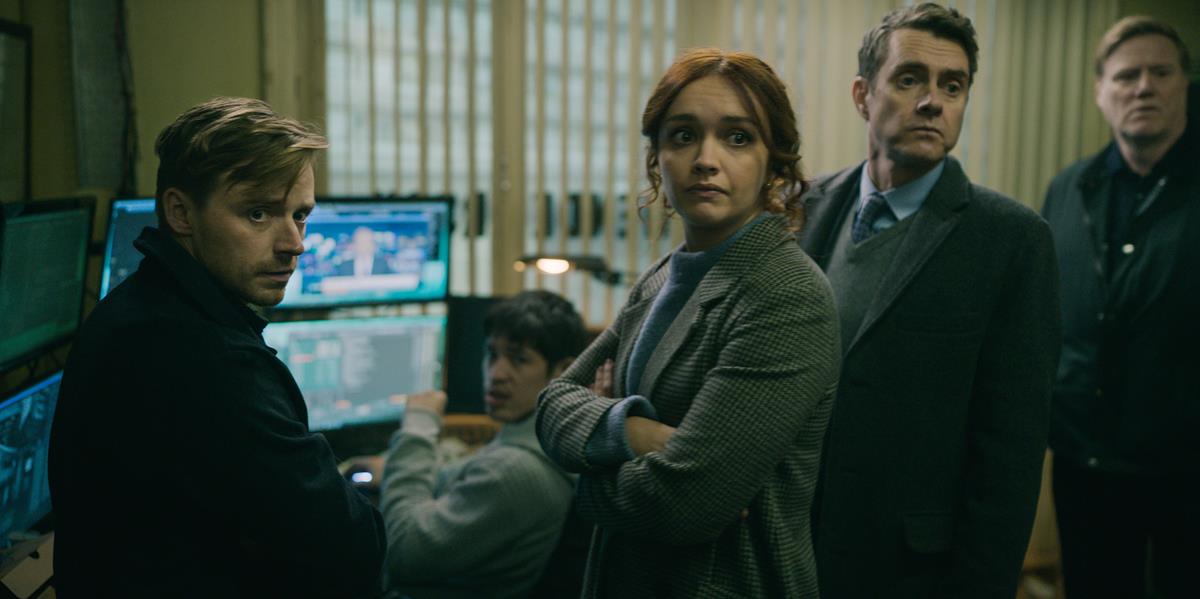
They also recognize the DNA of the show — a direct connection to le Carré’s, “but with a pedigree of its own,” recognizing the writing of original author of the books, Mick Herron, and the show’s writing team including Will Smith (Veep, The Thick of It).
As with all Apple TV+ shows, the look of Slow Horses is like a movie, with Danny Cohen serving as cinematographer. In fact, and with some irony, the first 15 minutes of the first episode is a fast-paced hunt for a terrorist that feels like the airport scene from Casino Royale.
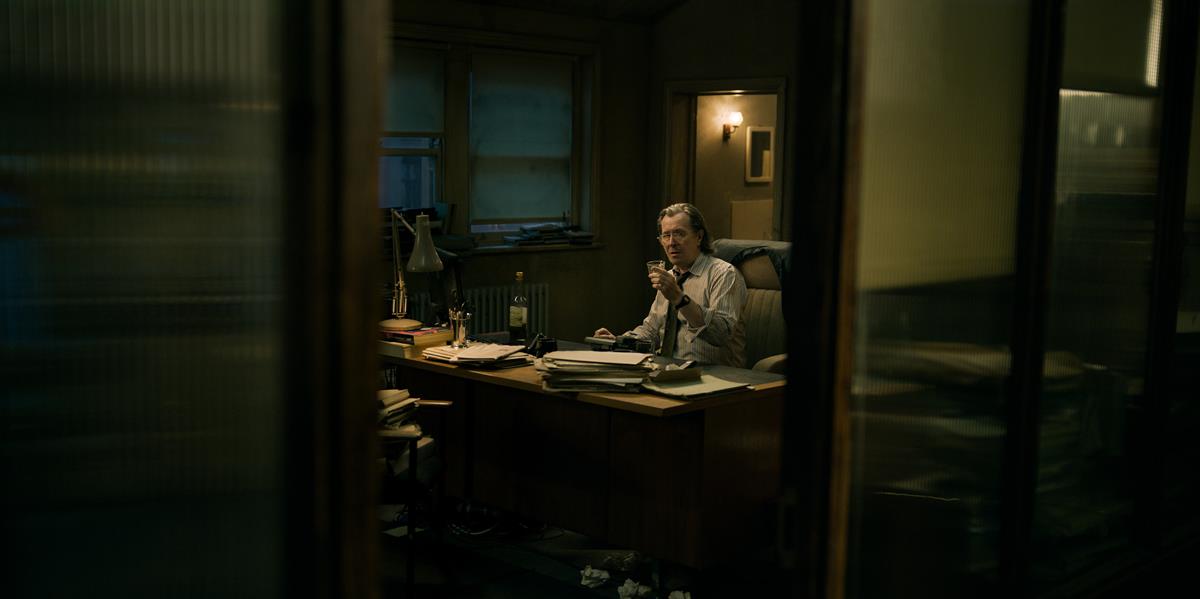
Both MI:5 operatives are looking for a bomber. One, named Bond, succeeds, while the other fails. And so the tone of Slow Horses is cemented.
As director James Hawkes told IndieWire, this shading of Bond was intentional. “It’s dropping them into this world in a way that by Hawes’ own admission is designed to ‘give us the shiny, Aston Martin cocktail-swigging bit of the spy genre’ before the ‘handbrake turn into the rest of the show.’ ”
If you wondered about why an airport would be happy to stage a fictional bombing incident then give thanks to Stansted Airport which, as Hawes describes it, during lockdown was “very, very closed down for the pandemic. They gave us a tiny window in which, if we turned up, they would give us access. And for once, the pandemic was our friend.”
READ MORE: How ‘Slow Horses’ Took Over an Airport (and Wembley Stadium) to Deliver a Sneaky Series Opening (Indiewire)
After the handbrake is applied, Slow Horses ramps up the characters and the narrative of a racially driven kidnapping is spun out.
Director Hawes confessed to KPBS to being scared by writer Herron’s shifting tones, but also thrilled to tackle it.
“People die. There’s blood on the pavements, and yet on a dime the story and the mood and the scene changes and you’re laughing about Lamb’s flatulence,” Hawes said. “All the humor comes from character. As long as the characters are rooted and real and you believe them in the world, I think there’s a lot more space to move. We needed to be sure that we kept the idea of these guys as spies real, and then we could let the humor live alongside.”
READ MORE: Mick Herron’s ‘Slow Horses’ arrives on AppleTV+ (KPBS)

It’s also the banter that The Spool extols, clearly part of Will Smith’s talent he used so well in shows like Veep, The Thick of It, and Avenue 5. “Even during the scenes of office comedy, the dialogue is quick and quick-witted, peppered with well-timed insults and barely disguised contempt.”
But The Spool also quick to praise director Hawes. “Frequently, he makes choices to play things visually seriously in a way that furthers the comedy. Hawes gives the viewers the visual language they’d expect while letting it clash against the dialogue and the colleagues’ reaction/predicament.”
NOW STREAMING — BEHIND THE SCENES OF FAN-FAVORITE SERIES:
As the streaming wars rage on, consumers continue to be the clear winners with an abundance of series ripe for binging. See how your favorite episodics and limited series were brought to the screen with these hand-picked articles plucked from the NAB Amplify archives:
- “Severance:” Now, About Solving the Work/Life Balance…
- Entering “The Gilded Age”
- Class Is Definitely Not In Session: The Horror Delights of “All of Us Are Dead”
- “The Dropout” Is a Slow-Motion Car Crash (and We Can’t Look Away)
- The (Unavoidable) Universal Appeal of “Squid Game” Is By Design
They also praise the production design that, in Slow Horses, feels old and ill-used, droopy with time and lack of attention, not unlike Oldman’s Lamb. “Yet, whenever the story heads to MI:5’s headquarters, the sets shine with sterile cleanliness and a sense of the state of the art. Once again, the show gets that the juxtaposition between elements is where the story lives.”
Hawes, in turn, compliments his crew: “it is all realized in the colors and tones of 70s/80s movie palette. Tom Burton and I took inspiration from classic espionage and conspiracy thrillers, planting the show with its history alongside our lead character, firmly in the Cold War.
“The photography, polished by cinematographer Danny Cohen, is a combination of subjective: on the character’s shoulders to anchor our point of view, and more observed: using broken frames, through doorways, to give that sense of the watcher, of surveillance, of threat,” he says.
However, it’s The Spool that recognizes a great show when they see one. “There’s something wonderful about how much better spy thriller this group of incompetents, these slow horses, deliver compared to Apple TV+’s grave recent offering Suspicion.

“It turns out foul-mouthed irreverence beats intense self-seriousness.”



